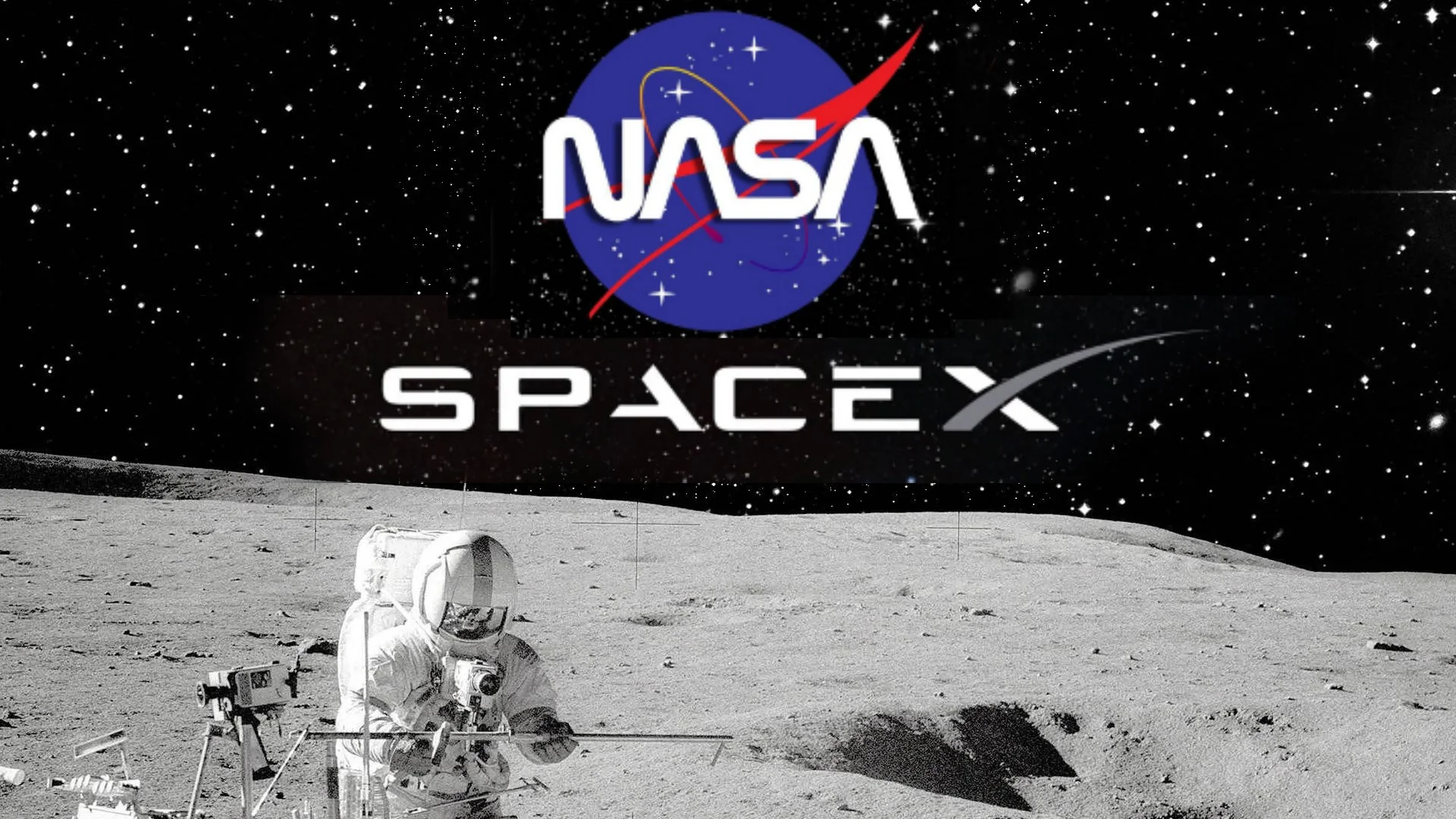
NASA Chooses SpaceX’s Falcon 9 for Pioneering TRACERS Mission to Explore Earth’s Magnetic Field Interactions NASA has taken a significant step forward in its mission to understand the complex interplay between Earth’s magnetic field and solar wind by selecting SpaceX, based in Hawthorne, California, and its trusted Falcon 9 rocket as the launch provider for the agency’s groundbreaking TRACERS (Tandem Reconnection and Cusp Electrodynamics Reconnaissance Satellites) mission.
The TRACERS mission revolves around a pair of spinning satellites that are poised to unravel the mysteries of the region surrounding Earth dominated by our planet’s magnetic field. In this article, we delve into the details of this mission and what it means for our understanding of space science.
1. Decoding the TRACERS Mission: We’ll start by exploring the objectives and scientific significance of NASA’s TRACERS mission. What specific questions does it aim to answer, and why are these answers crucial for our understanding of space weather and Earth’s magnetic field?
2. SpaceX’s Role in the Mission: A key element of the TRACERS mission is the selection of SpaceX’s Falcon 9 rocket for the launch. We’ll discuss why NASA opted for SpaceX and what this partnership entails.
3. Solar Wind and Earth’s Magnetic Field: To appreciate the mission’s significance, we’ll provide an overview of the interaction between solar wind and Earth’s magnetic field, a dynamic and intricate relationship that impacts space weather and Earth’s geomagnetic environment.
4. The Tandem Satellites: Delving into the heart of the mission, we’ll explain the concept of the tandem satellites and how they will work in unison to gather critical data about the cusp region, where the magnetic field lines of Earth connect with those of the sun.
5. Advancing Space Science: This mission is poised to contribute substantially to our understanding of space science. We’ll highlight how the insights gained from TRACERS may impact our ability to predict space weather and safeguard satellites and communication systems.
6. Future Implications: As the TRACERS mission progresses, we’ll consider the potential implications for future space research and the broader field of space exploration.
7. Collaboration and Scientific Discovery: The TRACERS mission is a testament to international collaboration and scientific discovery. We’ll touch upon the collaborative efforts involved and what it signifies for the global space community.
NASA’s decision to collaborate with SpaceX on the TRACERS mission represents a significant stride in our quest to unravel the mysteries of space and its interactions with our planet. This article aims to shed light on the mission’s objectives, the partnership with SpaceX, and the promising scientific discoveries that lie ahead as we peer into the enigmatic realm where Earth’s magnetic field meets the solar wind.
Last Updated on: Saturday, September 30, 2023 7:06 am by Anu Priya | Published by: Anu Priya on Saturday, September 30, 2023 7:06 am | News Categories: News, Business, Economy, GENERAL
About Us: Business Byte covers a wide range of topics, including India news, business updates, startup insights, technology trends, sports, entertainment, lifestyle, automobiles, and more, led by Editor-in-Chief Ankur Srivastava. Stay connected on Website, Facebook, Instagram, LinkedIn, X (formerly Twitter), Google News, and Whatsapp Channel.
Disclaimer: At Business Byte, we are committed to providing accurate, reliable, and thoroughly verified information, sourced from trusted media outlets. For more details, please visit our About, Disclaimer, Terms & Conditions, and Privacy Policy. If you have any questions, feedback, or concerns, feel free to contact us through email.
Contact Us: businessbyteofficial@gmail.com || ankursri983@gmail.com